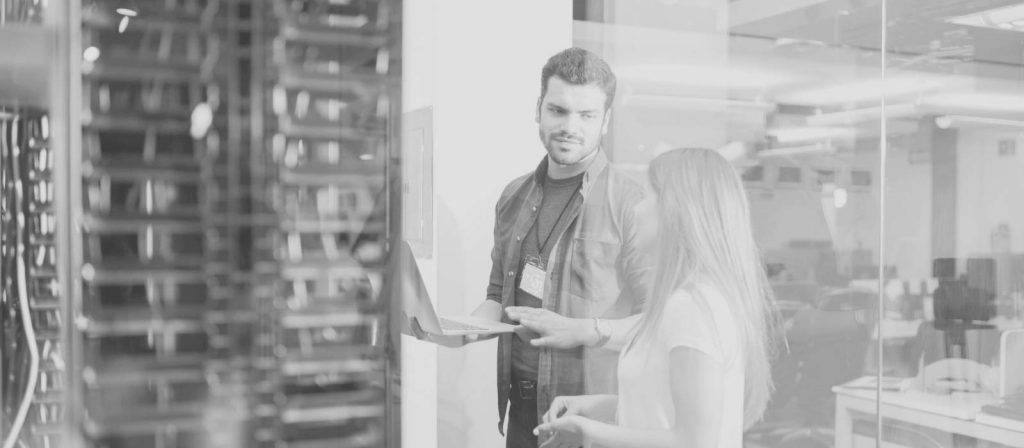In the past few product-oriented blog posts, we have talked a lot about getting your estate ready for the Modern Desktop using Access Capture for application packaging and testing. For example, we’ve discussed ways to help you migrate onto Windows 10 and Office 365 or manage your environment using Evergreen IT in order to keep up with the pace of updates for those products. But it is equally important to have the ability to check if your applications work in a variety of different Windows environments. Thanks to some new features, this is now easier than ever.
Today, I am pleased to announce a new Access Capture capability that will be such a value-add to many of our clients: support for Windows 10 Enterprise Multi-Session. We are constantly adding to and improving our IT automation tool stack, updating it with the latest from Microsoft so that not only can our clients take advantage of the latest Microsoft technology, but they can also have options for their Windows 10 deployment.

What Is Multi-Session And Why Choose It?
Windows 10 Enterprise Multi-Session allows you to run multiple concurrent interactive sessions on a virtual server while giving users the familiar Windows 10 experience they expect. The user does not have their own virtual machine or a complete Windows 10 session but rather shares the server resources (server instance) and that Windows 10 session via emulation. The user can sign on to this session via their personal device, a thin client, or in another way. This allows enterprises to save costs on licenses and infrastructure, without having employees adapt to a new operating system environment.
Another benefit of being on a multi-session is that organizations don’t have to constantly worry about updating to the next version of Windows and, consequently, all the prerequisites for those updates, i.e., updating SCCM and .NET Frameworks versions.
However, since resources are shared on multi-session servers, there is the potential for a slowdown if the user ratio is too high, or if certain applications used by a group of employees take up too many of the available resources for that session. One way to mitigate this problem is to monitor employee activity to know how much processing power they require.
Despite the many reasons for an organization to use Windows 10 Enterprise Multi-Session, before making the move to it, the organization needs to be sure that their apps will work on it to avoid any business disruption.
Using Access Capture For App Testing
Our application packaging and testing automation tool, Access Capture, has been used by enterprises to test thousands of apps in preparation for moving to a Modern Desktop. This has been done by using virtual machines to simulate the to-be-migrated-to OS environment, check if the applications are ready for the migration, and find any issues. Now we are also able to do the same on the server level for a multi-session experience.
The process for testing works the same way on a virtual server as on a virtual machine. Our IT Automation tool distributes the application, performs a launch and load test, and monitors what happens — looking for issues like memory, CPU spikes, issues with the infrastructure, and many more.
Access Capture can test applications on the server instance that were originally packaged for Windows 7 or other operating systems, as well as apps that are delivered via Intune, SCCM, and App-V. The advantage of doing these tests is that it eliminates the need for repackaging apps that already have a significant investment in them.
As part of the testing process, Access Capture creates a database with the test results along with a video recording. So if an issue arises, it is cataloged and the video can be reviewed to figure out a solution for the issue. For organizations that are using apps that were packaged for their on-premise systems, there are issues when running these apps on a modern server instance. For example, there are file path changes between Office 2010 and Office 365, issues with macros, VBAs, add-ins, and others that can cause applications to break.
Conclusion
Migrating to a Modern Desktop or keeping one updated is a challenging experience that all organizations are dealing with now. The more options you have available to you for a path to move forward, the better — especially when you use automation to reduce the strain on your IT staff, as this is what can separate project success from failure. Stay tuned for future product updates as we continue to increase our compatibility with Microsoft releases.